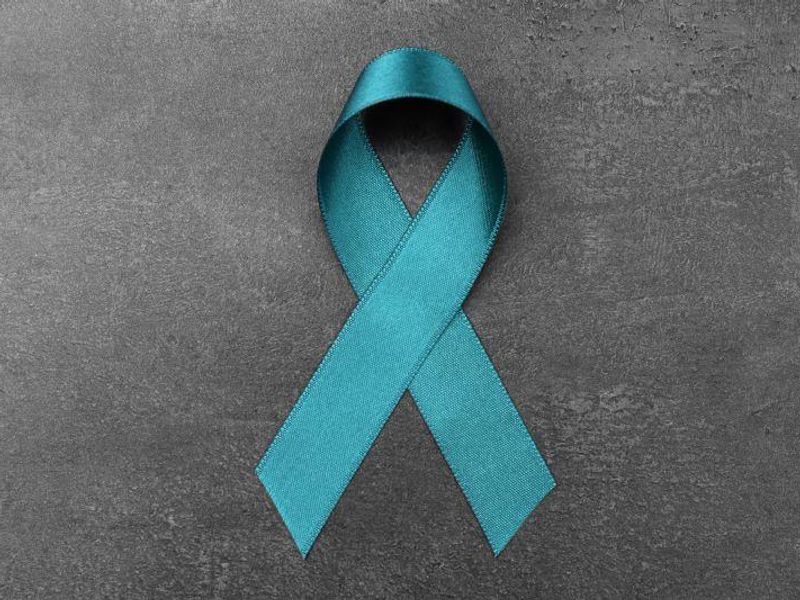Findings similar across most races and cancer stages from 2012 to 2019
By Lori Solomon HealthDay Reporter
MONDAY, Nov. 28, 2022 (HealthDay News) — Between 2001 and 2019, cervical cancer incidence declined or remained stable among U.S. women except for those in the 30- to 34-year-old age group, according to a research letter published online Nov. 21 in the Journal of the American Medical Association.
Zahed Shahmoradi, Ph.D., from UTHealth School of Public Health in Houston, and colleagues used data from the 2001 to 2019 National Program of Cancer Registries and Surveillance, Epidemiology, and End Results dataset to examine trends in cervical cancer incidence by age at diagnosis.
The researchers found that cancer incidence declined for the youngest (younger than 24 years) and oldest (55 years and older) age groups and was relatively stable in women aged 35 to 54 years. There was an initial decline from 2001 to 2012 among women aged 30 to 34 years, but then the incidence increased during 2012 to 2019 (annual percent change [APC], 2.5 percent). Specifically, among women ages 30 to 34 years during this time period, hysterectomy-corrected cervical cancer incidence increased significantly for Hispanic women (APC, 3.0 percent), non-Hispanic White women (APC, 2.8 percent), and women in other racial and ethnic (APC, 5.0 percent) groups. There was a decrease observed among Black women in this age group (APC, −0.8 percent). Increases were seen for localized (2.8 percent) and regional (1.9 percent) stage cervical cancer, as well as for squamous cell carcinoma (2.6 percent).
“The observed increase in incidence among 30- to 34-year-old women could be real as a result of a true increase in cervical cancer incidence or due to increased early detection with a stable disease occurrence,” the authors write.
Copyright © 2022 HealthDay. All rights reserved.








